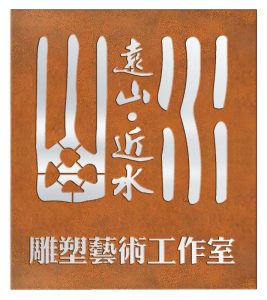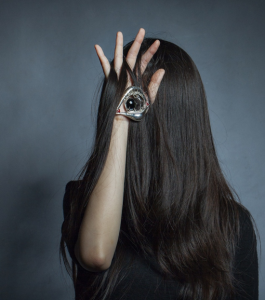歷史網站|Historical Website:

歷史網站|Historical Website:
十方創研平台設立初衷,是十方藝術中心基於學術研究機構的身份,以社會現場的時代特性為依據,所導出的對於「民間藝術文化研究團體 / 創新人才的支持和孵化平台」。十方提供研究空間與學術支持,為這些處於初期起步階段的群體提供良好的發展條件,營造專業的學術氛圍,進而助力其實現價值,導出符合時代訴求的研究成果及產品,獲得專業和市場的價值認可。創業工坊入駐創研平台,並非一直固定不變,為保持平台的鮮活和持續生長性,我們逐漸形成合理的進出機制,把機會留給最適合且有需求的創業團隊。創研平台發展幾年間,十方為工坊提供工作空間、少量發展金支持,協助創業者完成工商註冊、品牌建立、搭建運營團隊、產品研發等工作支持。除以上支持內容外,十方也會介紹市場業務渠道給初建的工坊,使其建立發展信心,後續主要由工坊獨立運營,並與十方保持文創生態資源互促的發展方式。
通過創研平台,十方試圖構建一種第三方藝術機構與民間獨立研究群體之間的互補共生的協作方式,補足我國現存藝術文化生態結構的短板。在真正幫助創研團隊建立良性發展方式的同時,實現十方作為第三方公益藝術機構的社會責任。我們也希望受助的創業者能反哺平台,形成一種良性的文創產業發展循環機制。
The original intention of the DAC Culture Creation and Research Platform (DCCR) is that DAC is based on the experiment of an academic research institution and suit its characteristics of the times in society, which is derived from the “Folk Art Culture Research Group/Creation Talent Support and Incubation Platform.” DAC provides research space and academic support, provides the right development environment for these groups in the initial start-up, creates a professional academic atmosphere, and then helps them realize value, derives research results and products that meet social development. To maintain the platform’s freshness and continuous growth, we have gradually formed reasonable entry and exit standards, giving opportunities to the most suitable and demanding needs. For several years, DAC provided workspace and financial support for the applicant studios and assisted entrepreneurs in completing industrial and commercial registration, branding, building operation teams, product development, and other work support. In addition to the above help, DAC also provides commercial cooperation resources to studios to build confidence in their development. The follow-up development will be mainly operated by the studio independently, and maintain the development mode of resource interoperability with DAC.
Through the platform, DAC attempts to build complementary and symbiotic cooperation between third-party art institutions and private independent research groups to complement the shortcomings of the existing ecological structure of art and culture in China. While truly helping applicant studios to establish a healthy development method, it also realizes the social responsibility of DAC as a third-party, public art institution. We hope that the assisted entrepreneurs can give back to this platform to form a benign cultural and creative industry development model.














